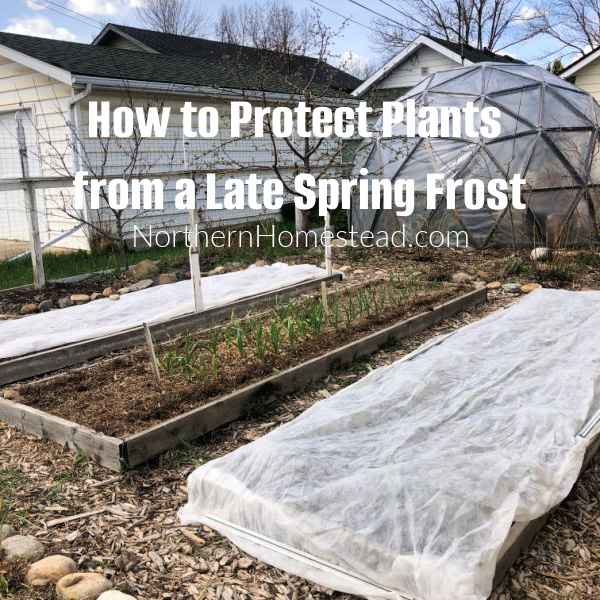
Cold-climate gardeners often get caught by late spring frosts. Everything seemed to be going well, and then suddenly, a forecast of -4°C. What to do? In this blog article, we look into how to protect plants from a late spring frost.
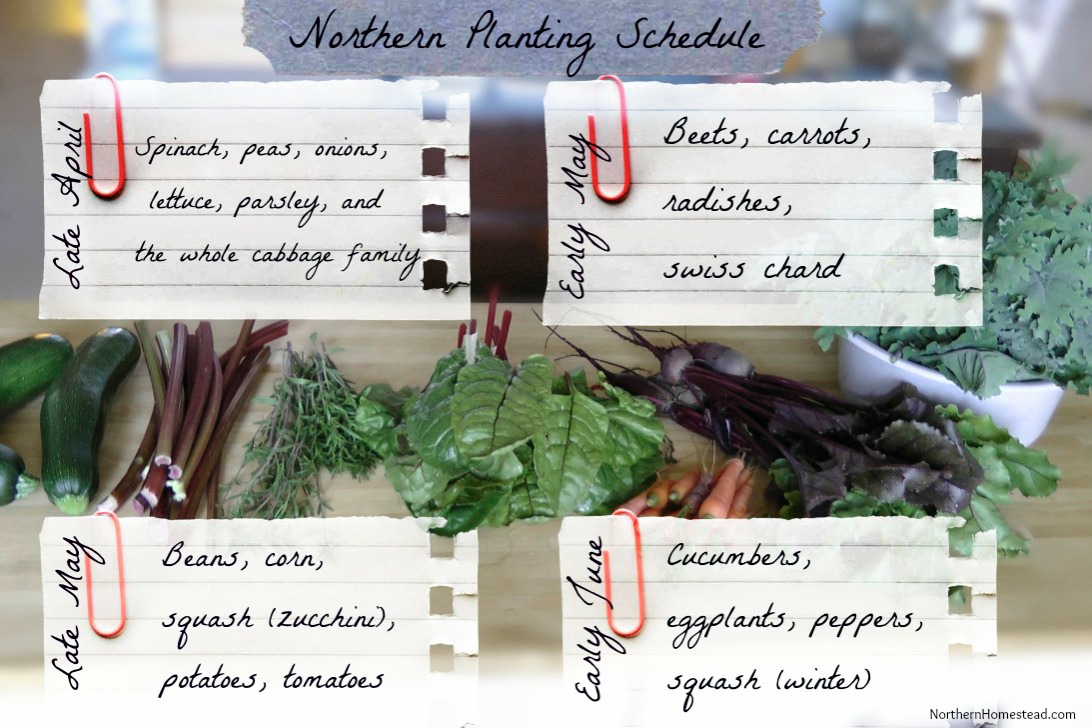
Plant protection from frost is much easier in spring when plants are small than in late summer or early fall when plants are mature. We like planting as early as possible to extend the growing season upfront. However, that also confronts us with the challenge of being prepared to cover the newly planted garden if a sudden late spring frost occurs.
What plant varieties do need protection?
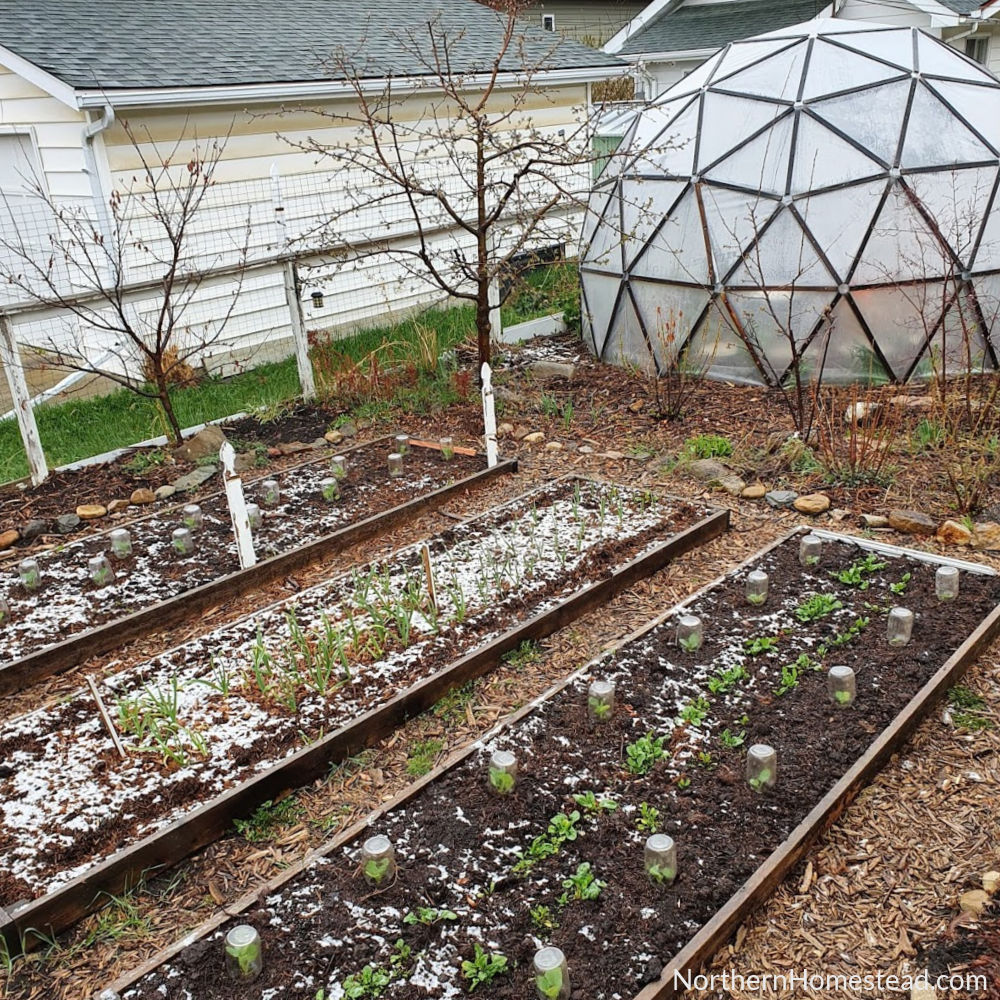
The good news is that not all plant varieties need protection. So-called cold-weather plants can easily survive a drop of -1C (30F) and most even more wholly uncovered. So if you have planted greens, cabbage family plants, peas, onions, and root vegetables, there is nothing to worry about.
Cauliflower is an exception as it survives, but it grows better when planted a bit later and protected if a sudden late frost occurs. In the root vegetable category, potatoes are also an exception. They belong to the nightshade family and do not tolerate frost. To protect potatoes, just cover the young sports with soil; they will be protected and grow once the frost is over.
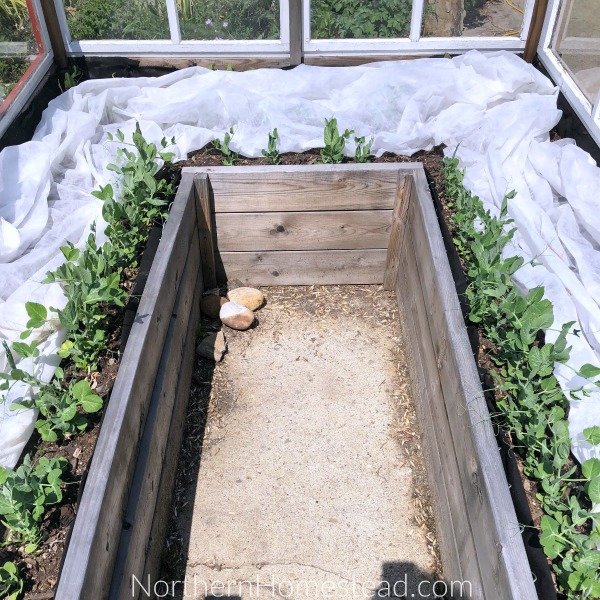
Other night-shade family plants, such as tomatoes and peppers, also need protection. They would probably not be killed but would suffer, so protecting them is a good idea.
Cucurbeets and beans are family plants that like warm weather. We do not recommend planting them before the danger of frost is over. If the temperature suddenly drops, be ready to replant. Covering may or may not help because these plants are very sensitive to frost.
Read more about how different plants survive frost here. Many pictures were taken after a night of -6°C. You might be surprised by how much made it through.
How do we protect young plants from frost?
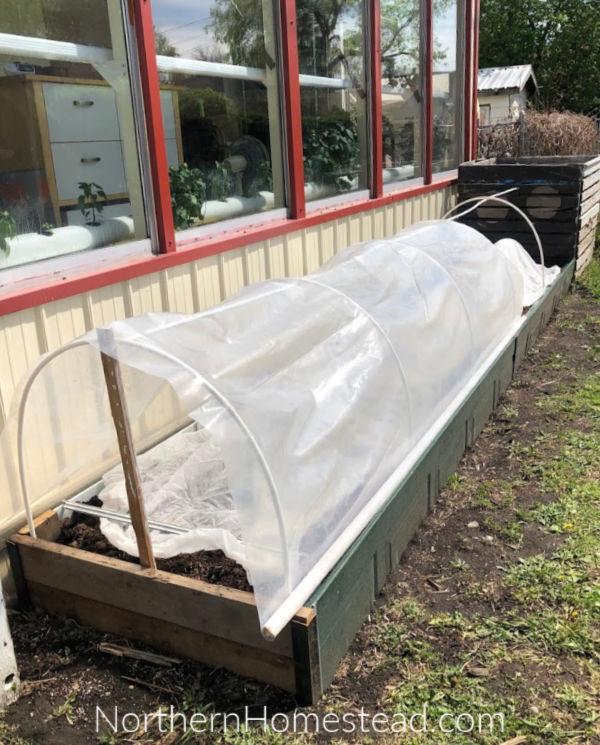
Small plants are easy to cover if a sudden frost occurs. Again, as we have just stated, you do not have to cover everything, so be ready for those plants that do need protection.
One of our favorite methods for frost protection is using a floating row cover, also known as a frost blanket. The frost blanket is lightweight and can be placed directly on the plants. If you have raised beds, it’s even easier. Depending on the severity of the frost, the frost blanket can be layered, similar to how we wear layers for warmth. Each layer provides additional degrees of protection.
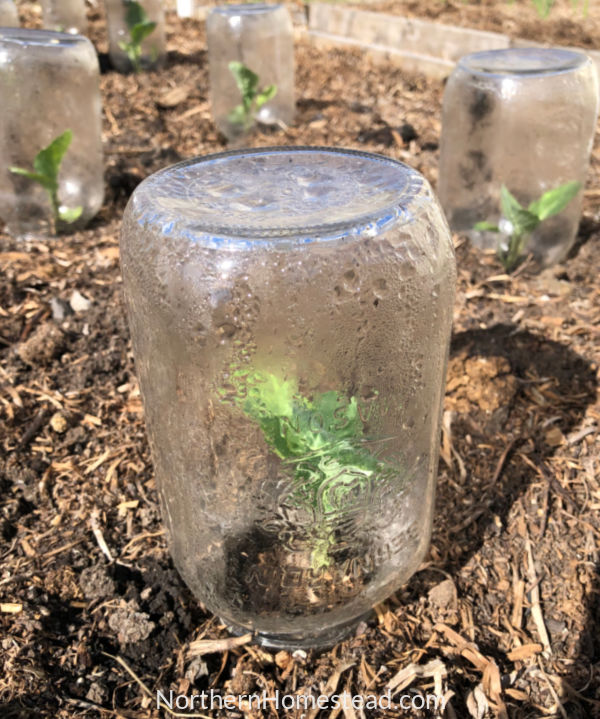
In windy areas, consider the wid cheal. There might not be frost just yet, but the wind can be too cold. A frost blanket might not serve well here. A bucket, containers, or glass jars are a better option. A hope bed can be covered with plastic to protect plants from the wind. Caution: all these methods need attention; you do not want to cook the plants when the sun comes out.
Insulated plant protection is another option. A cut-open bracket that can be covered if the temperature drops further is another great way to protect tender plants.
Frost protection in the greenhouse

If you have a greenhouse, you might be overconfident that the greenhouse will protect your precious plants. A simple greenhouse plastic will give you about 3 degrees. That is not a whole lot. However, a greenhouse does protect from wind. Using additional blankets in the greenhouse is a great idea. Again, each layer gives you a few more degrees of protection.
Thermal mass and using a heat exchanger could help maintain stable greenhouse temperatures. The provided links provide more information on water tanks and heating/cooling.
Using heating for frost protection
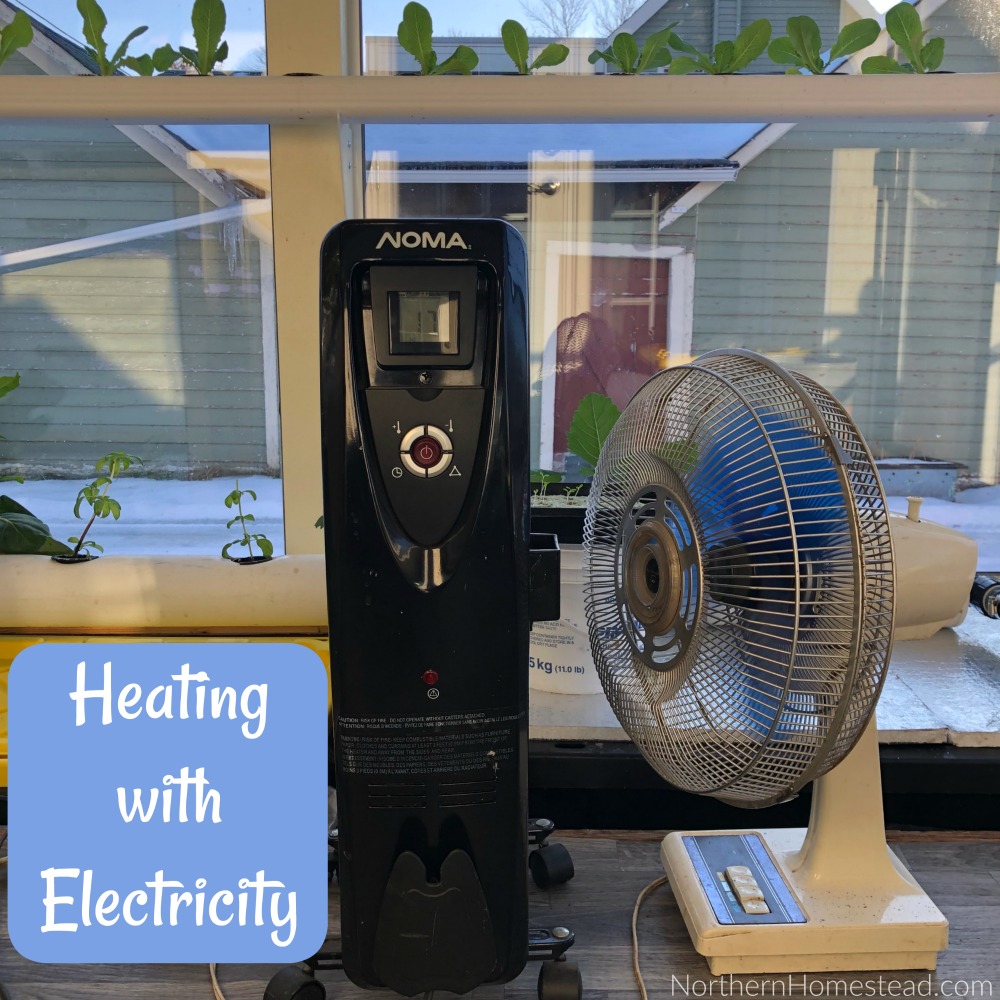
Electricity is expensive, use it only if other methods fail. In the case of a sudden temperature drop, it is a good option to prevent losing all the early plantings. A heater in the greenhouse can be a quick solution. Additionally, using old-fashioned Christmas lights under a cover can provide some heat.
Electricity is not the sole means of generating heat. Historically, gardeners utilized horse manure beneath their raised beds to produce sufficient heat in early spring for plant protection. Hugelkultur beds can achieve similar results. It’s important to note that the heat generated by the compost will diminish as it matures.
What are your best tips on how to protect plants from a late spring frost? Please share in the comments below.
We invite you to subscribe to Northern Homestead and follow us on Instagram, Facebook, or Pinterest for the latest updates.
More Posts You Might Enjoy

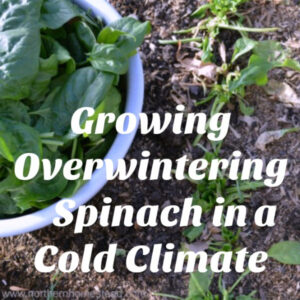
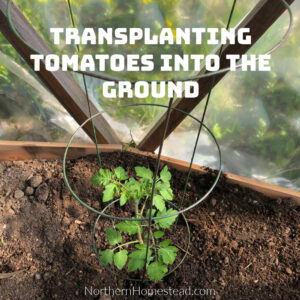
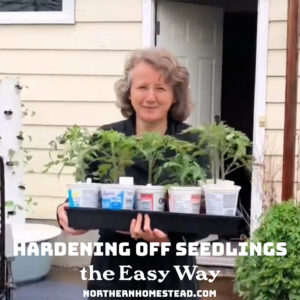
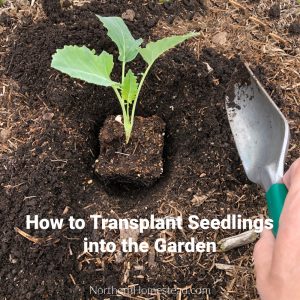
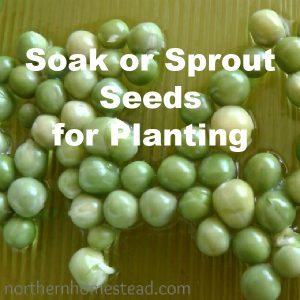
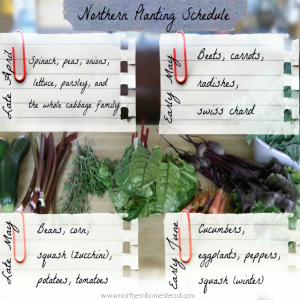

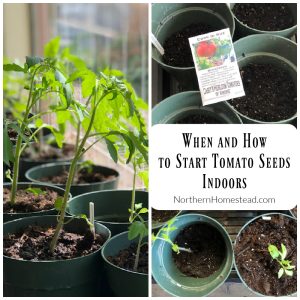
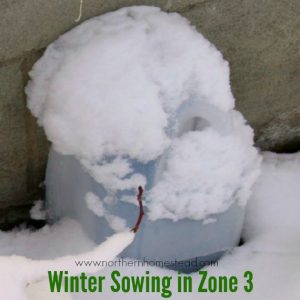


Leave a Reply